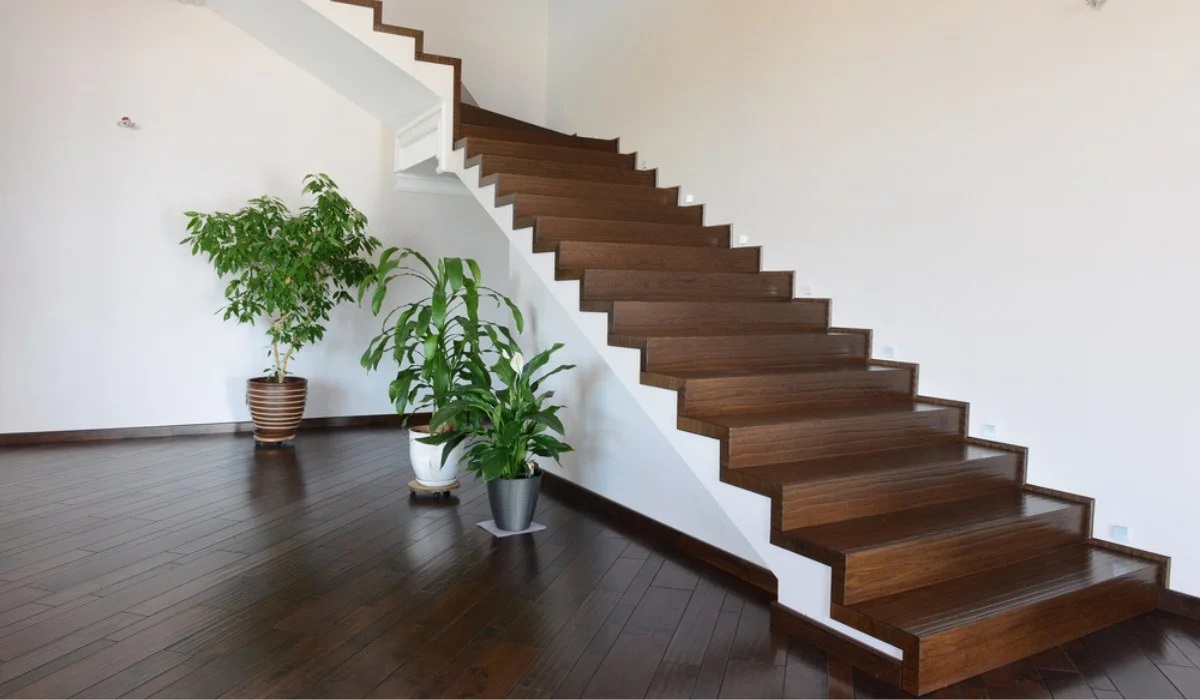

Articles
How Many Feet In A Flight Of Stairs
Modified: December 7, 2023
"Discover the answer to this common question with our informative articles. Learn how many feet are in a flight of stairs and more."
(Many of the links in this article redirect to a specific reviewed product. Your purchase of these products through affiliate links helps to generate commission for Storables.com, at no extra cost. Learn more)
Introduction
Welcome to our informative article on “How Many Feet in a Flight of Stairs.” If you have ever wondered about the measurement of a flight of stairs or are simply curious about the topic, you have come to the right place. Whether you are a homeowner, an architect, or someone interested in construction, understanding the calculation of feet in a flight of stairs can be valuable knowledge. In this article, we will delve into the intricacies of measuring a flight of stairs, the standard number of steps involved, and the factors that can impact the total number of feet in a flight of stairs.
Stairs are an essential part of the architectural landscape, found in homes, offices, and public spaces around the world. They provide a safe and convenient means of vertical movement, allowing us to traverse multiple levels of a building effortlessly. But have you ever stopped to think about how the height of a flight of stairs is determined? Or how many feet you would travel when climbing or descending a flight of stairs?
Understanding the measurement of a flight of stairs is not only interesting but can also be essential when it comes to planning and constructing stairs in a building. Additionally, knowing the number of feet in a flight of stairs can aid in calculating the overall dimensions and space requirements for stairs, handrails, and landings.
In the following sections, we will explore the process of measuring a flight of stairs, the standard number of steps typically found in a flight, and how to calculate the total number of feet in a flight of stairs. We will also take a look at the various factors that can influence the number of feet in a flight of stairs, such as building codes, design preferences, and accessibility requirements.
So, if you are ready to embark on a journey to unravel the mysteries of the measurement of a flight of stairs, let’s get started!
Key Takeaways:
- Understanding the measurement of a flight of stairs is crucial for accurate construction and planning. Factors such as building codes, design preferences, and material thickness can impact the total number of feet in a flight of stairs.
- By following proper measurement techniques and considering various factors, you can create functional, safe, and aesthetically pleasing staircases. Understanding the standard number of steps and calculating the total number of feet in a flight of stairs is essential for professionals and homeowners alike.
Read more: How Many Stairs Is 110 Flights
Understanding Flights of Stairs
Before diving into the measurement and calculation of feet in a flight of stairs, it is important to have a clear understanding of what a flight of stairs actually means. In simple terms, a flight of stairs refers to a continuous series of steps that connect two levels or floors within a building.
A flight of stairs typically consists of multiple steps, which are evenly spaced and arranged in a sequential manner. These steps can be made of various materials, such as wood, concrete, or metal, depending on the design and construction of the stairs.
The vertical height of a flight of stairs is determined by the distance between the starting point, known as the bottom landing, and the ending point, known as the top landing. This vertical measurement is crucial as it determines the number of steps required to ascend or descend the flight of stairs.
It’s worth noting that flights of stairs are not limited to straight configurations. They can also include turns or landings, which provide a change in direction or level between different sections of the stairs. These turns or landings can be in the form of a 90-degree angle (L-shaped stairs), 180-degree angle (U-shaped stairs), or even more complex designs like spiral or curved stairs.
Understanding the anatomy of a flight of stairs is essential in accurately measuring and calculating the number of feet in a flight. The dimensions and design elements of a flight of stairs can vary significantly depending on the building layout, architectural style, and intended usage of the stairs.
Now that we have a clear understanding of what constitutes a flight of stairs, let’s move on to explore the process of measuring a flight in the next section.
How to Measure a Flight of Stairs
Measuring a flight of stairs is a crucial step in determining the number of feet in the flight. It involves careful attention to detail and accuracy to ensure the final measurements are precise. Here are the steps to follow when measuring a flight of stairs:
- Start from the bottom: Begin the measurement from the bottom landing of the flight of stairs. This is the starting point where the stairs meet the ground or the lower floor.
- Measure the rise: Measure the vertical height, also known as the rise, from the bottom landing to the top landing. This can be determined by measuring the distance from the top surface of one step to the top surface of the next step.
- Count the number of steps: While measuring the rise, count the number of steps it takes to reach the top landing. Each individual step contributes to the overall measurement of the flight of stairs.
- Measure the depth: Along with measuring the rise, it’s important to measure the depth of each step. This is known as the tread depth and refers to the horizontal distance from the front edge of one step to the front edge of the next step.
- Consider the nosing: Nosing is the part of the step that extends slightly beyond the vertical riser. If the stairs have nosing, make sure to include it in the measurement.
- Check for any landings or turns: If the flight of stairs includes any landings or turns, measure the dimensions and height of these sections separately. These measurements will contribute to the overall length of the flight.
By following these steps, you can accurately measure a flight of stairs and have the necessary information to calculate the number of feet in the flight. It is important to note that when taking measurements, it is always recommended to double-check for accuracy and consult with professionals or adhere to local building codes for specific requirements.
Next, let’s explore the standard number of steps typically found in a flight of stairs.
Standard Number of Steps in a Flight of Stairs
The standard number of steps in a flight of stairs can vary depending on several factors such as building codes, design preferences, and functional requirements. However, there are some common guidelines and averages to consider when determining the number of steps in a flight of stairs.
In a typical residential setting, a flight of stairs consists of around 10 to 14 steps. This range allows for comfortable and efficient movement while minimizing the risk of accidents or fatigue. Most building codes also specify a maximum rise and minimum tread width for each step to ensure safety and accessibility.
The rise, or vertical height, of each step is an important factor in determining the number of steps in a flight and can vary based on local codes or user preference. The commonly recommended rise of each step falls within the range of 7 to 8 inches. This means that for a flight with a total rise of 8 feet (96 inches), there would be approximately 12 to 13 steps with a consistent rise.
Additionally, the tread depth, or horizontal distance of each step, is another crucial aspect to consider. The standard tread depth typically falls within the range of 10 to 11 inches. A balanced combination of rise and tread depth ensures a comfortable and safe staircase that is easy to traverse.
It’s important to note that these standard measurements may vary based on the specific regulations and building codes in your area. Local authorities often provide guidelines for residential and commercial staircases to ensure safety and accessibility for all users. Consulting these codes and regulations during the design and construction process is paramount.
Furthermore, it’s worth mentioning that specialized staircases, such as those in commercial or public buildings, may have different requirements based on their purpose and expected foot traffic. For example, staircases in public spaces often have shorter rises and wider treads to accommodate a larger number of people and improve overall safety.
Understanding the standard number of steps in a flight of stairs provides a foundational knowledge for calculating the total number of feet traveled in a flight, which we will explore in the next section. Additionally, considering the specific requirements and regulations in your local area ensures compliance with building codes and ensures a safe staircase for all users.
Now, let’s move on to calculating the total number of feet in a flight of stairs.
A standard flight of stairs typically consists of 12 steps, with each step being approximately 7 inches tall. Therefore, a standard flight of stairs is about 84 inches, or 7 feet, tall.
Calculating the Total Number of Feet in a Flight of Stairs
Calculating the total number of feet in a flight of stairs involves multiplying the number of steps by the tread depth. This simple calculation gives you an estimation of the distance traveled in a flight of stairs. Here’s how you can calculate the total number of feet in a flight of stairs:
- Count the number of steps: Begin by counting the total number of steps in the flight of stairs. This is the number of individual risers you have measured during the process of measuring the flight.
- Measure the tread depth: Determine the tread depth, which is the horizontal distance from the front edge of one step to the front edge of the next step. This measurement is typically consistent throughout the flight of stairs.
- Multiply the number of steps by the tread depth: Multiply the total number of steps by the tread depth to calculate the total number of feet in the flight of stairs. For example, if you have 12 steps with a tread depth of 10 inches, the calculation would be 12 steps x 10 inches = 120 inches.
- Convert the measurement to feet: To express the measurement in a more commonly used unit, convert the inches to feet. Simply divide the total number of inches by 12. Using the previous example, 120 inches ÷ 12 = 10 feet. Therefore, the total number of feet in the flight of stairs would be 10 feet.
Keep in mind that this calculation provides an approximate estimation of the distance traveled in a flight of stairs. The actual number of feet might vary based on the specific measurements and design of the stairs. Additionally, factors such as nosing or any additional landings or turns in the flight can impact the calculation.
Calculating the total number of feet in a flight of stairs allows you to understand the physical distance covered when ascending or descending the stairs. This information can be useful when planning for space requirements, determining material quantities, or estimating the effort involved in navigating the stairs.
Next, let’s explore the various factors that can affect the number of feet in a flight of stairs.
Read more: How Many Flights Of Stairs Is A Mile
Factors Affecting the Number of Feet in a Flight of Stairs
Several factors can influence the number of feet in a flight of stairs, resulting in variations from the standard measurements. It’s important to consider these factors when planning, designing, or measuring a flight of stairs. Here are some key factors that can affect the total number of feet in a flight of stairs:
- Building codes and regulations: Local building codes and regulations play a significant role in determining the dimensions and specifications of staircases. These codes often outline specific requirements for the rise, tread depth, and other aspects of stairs, which can impact the overall feet in a flight of stairs.
- Design preferences: Architectural and design preferences can also influence the dimensions of a flight of stairs. Unique design elements, such as larger treads or smaller rises, can alter the overall measurement of the flight and may result in a different number of feet.
- Accessibility requirements: In spaces where accessibility is a concern, additional considerations need to be taken into account. For example, ramps or lifts may be incorporated into the staircase design, resulting in changes to the overall feet in a flight of stairs.
- Material thickness: The choice of materials and their thickness can affect the dimensions of a flight of stairs. For instance, if thicker materials are used for the steps or risers, it can impact the total number of feet in the flight.
- Nosing and overhang: The presence of nosing, which extends the tread over the riser, or overhang on the steps can impact the measurement of a flight of stairs. These design elements should be taken into account when calculating the total number of feet.
- Landings and turns: If a flight of stairs includes landings or turns, the measurement of these sections can add to the total number of feet. Each landing or turn needs to be measured separately and accounted for when calculating the overall distance.
It’s important to note that these factors can either increase or decrease the number of feet in a flight of stairs. While some factors may result in longer flights, others may result in shorter flights. Therefore, it is crucial to consider these factors and adapt the measurements accordingly to meet safety standards and design requirements.
By taking into account these factors, you can ensure that the flight of stairs meets the necessary regulations and design intentions. Moreover, understanding these factors allows for better planning and accurate measurements to create functional and aesthetically pleasing staircases.
Now, let’s conclude our exploration of how many feet are in a flight of stairs.
Conclusion
In conclusion, understanding the measurement and calculation of feet in a flight of stairs is essential for those involved in construction, architecture, or even for homeowners planning to install or renovate stairs. By following proper measurement techniques and considering various factors, you can accurately determine the number of feet in a flight of stairs.
We began our journey by understanding what constitutes a flight of stairs and the importance of measuring them accurately. A flight of stairs is a series of steps that connect two levels or floors within a building, and the vertical height, or rise, of the flight is a crucial measurement.
We then explored the steps to measure a flight of stairs, including measuring the rise, counting the number of steps, and considering the tread depth. These measurements are essential for calculating the total number of feet in a flight of stairs accurately.
Discussing the standard number of steps in a flight of stairs helped us understand the average range of steps found in residential settings. Building codes, design preferences, and functional requirements all play a role in determining the number of steps in a flight.
Calculating the total number of feet in a flight of stairs involves multiplying the number of steps by the tread depth. This simple calculation gives an estimation of the distance traveled in a flight of stairs and helps in planning space requirements and material quantities.
Lastly, we discussed the various factors that can affect the number of feet in a flight of stairs, such as building codes, design preferences, and material thickness. By considering these factors, you can ensure compliance with regulations and create staircases that meet safety standards.
In conclusion, understanding the measurement of feet in a flight of stairs provides valuable knowledge for professionals and homeowners alike. By following proper measurement techniques, considering design elements and regulations, and accounting for various factors, you can create functional, safe, and aesthetically pleasing staircases.
So, whether you are planning a new staircase or analyzing the dimensions of an existing flight, armed with the knowledge gained from this article, you can confidently navigate the world of stairs and appreciate the intricacies of their measurement.
Frequently Asked Questions about How Many Feet In A Flight Of Stairs
Was this page helpful?
At Storables.com, we guarantee accurate and reliable information. Our content, validated by Expert Board Contributors, is crafted following stringent Editorial Policies. We're committed to providing you with well-researched, expert-backed insights for all your informational needs.
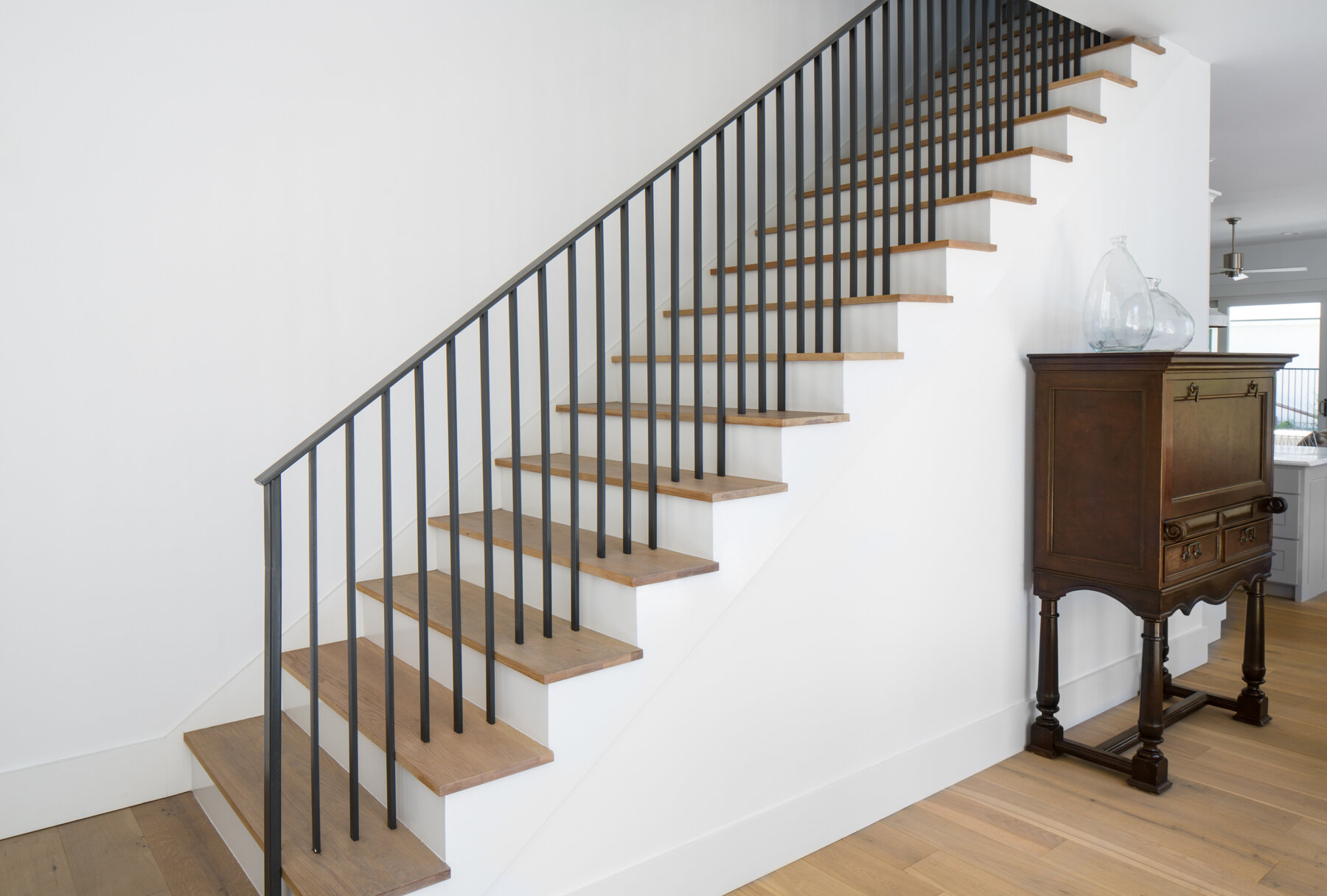
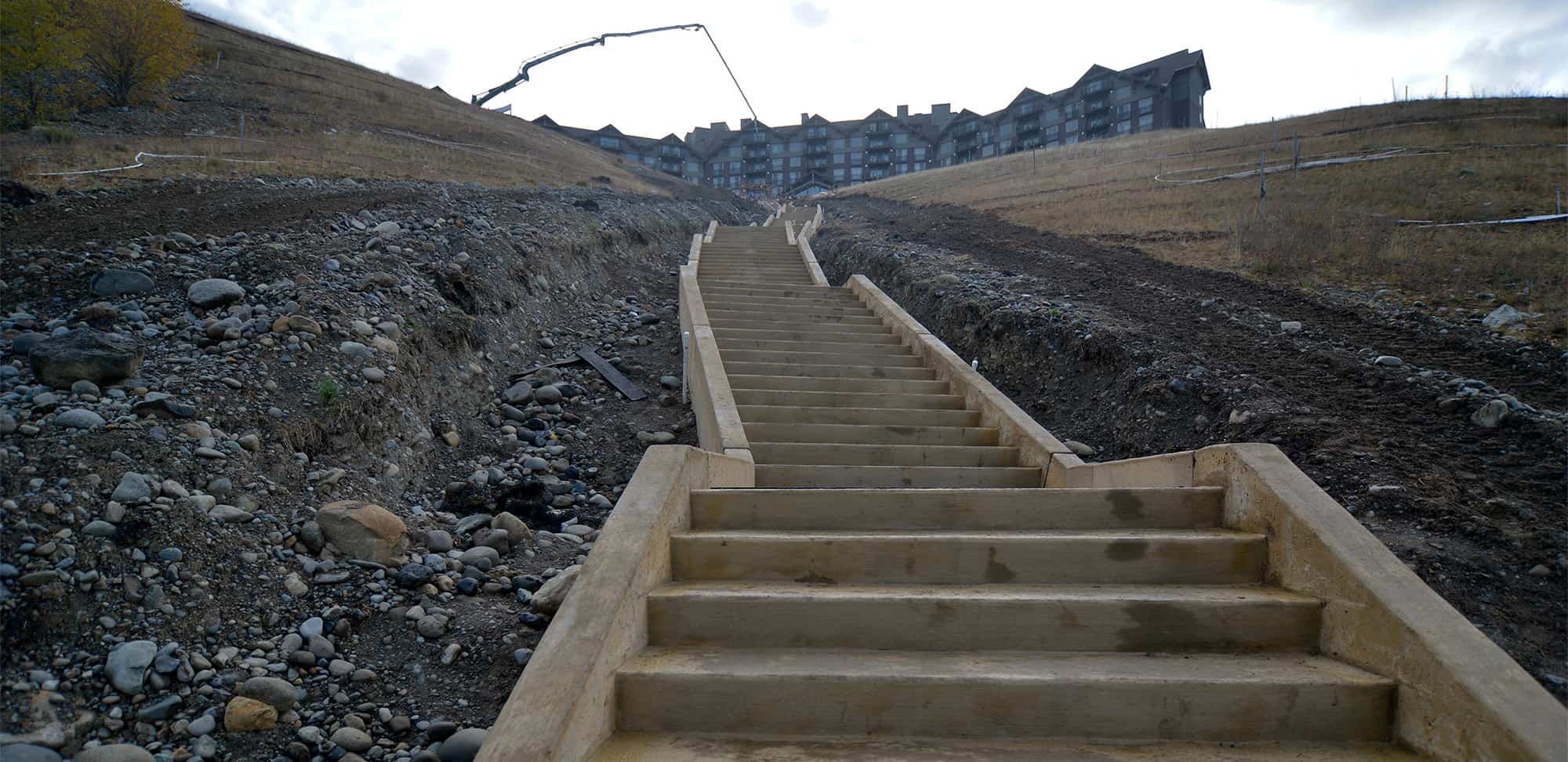

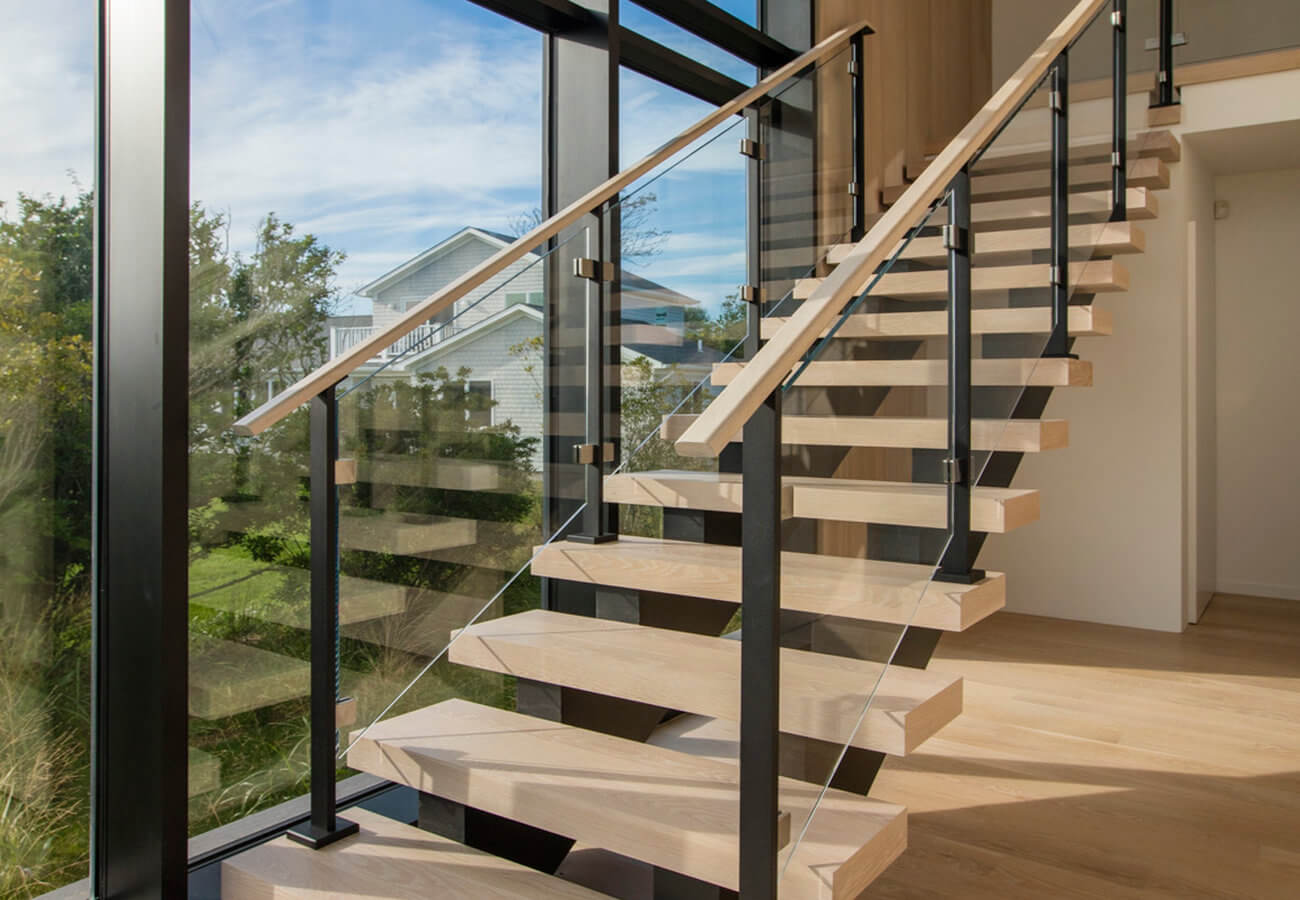




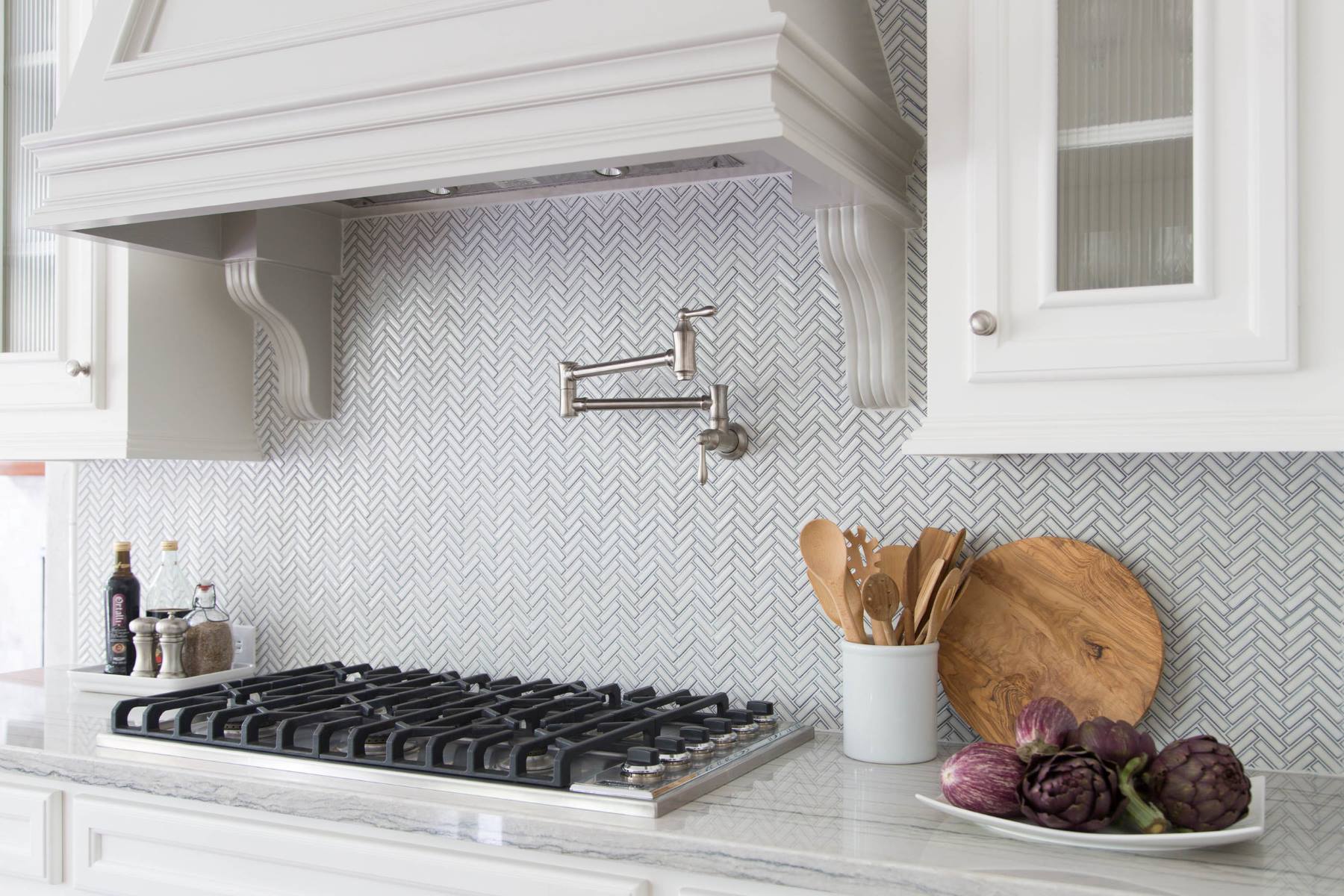

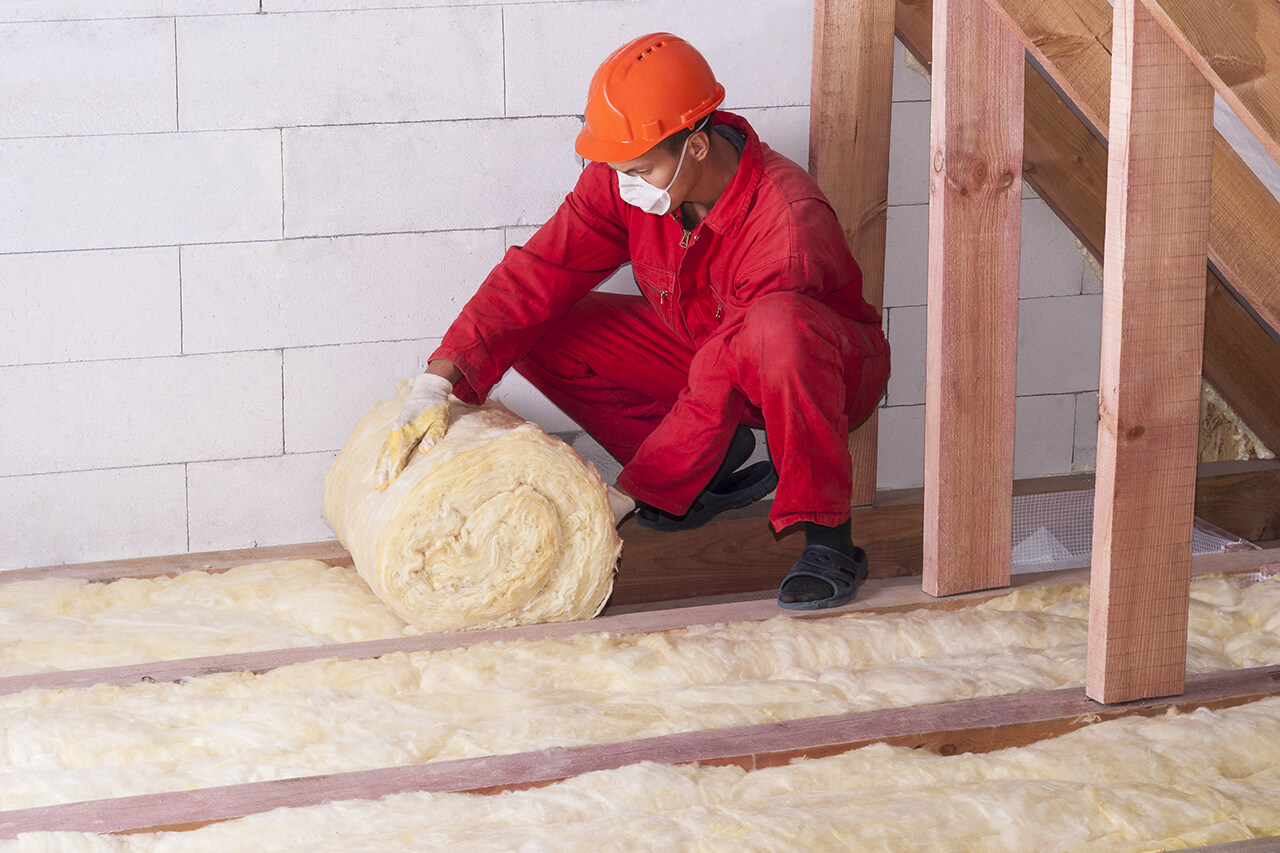


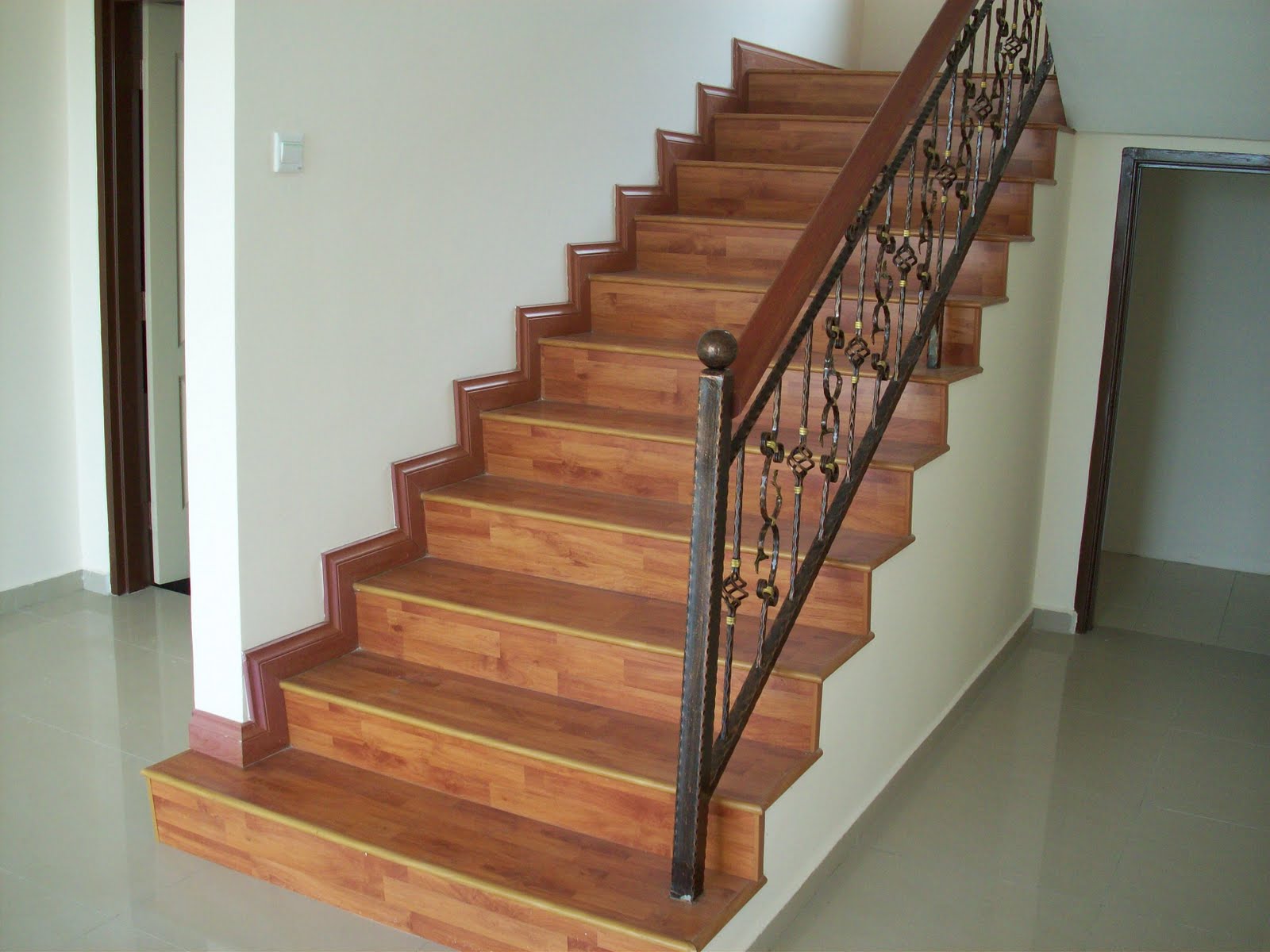

0 thoughts on “How Many Feet In A Flight Of Stairs”